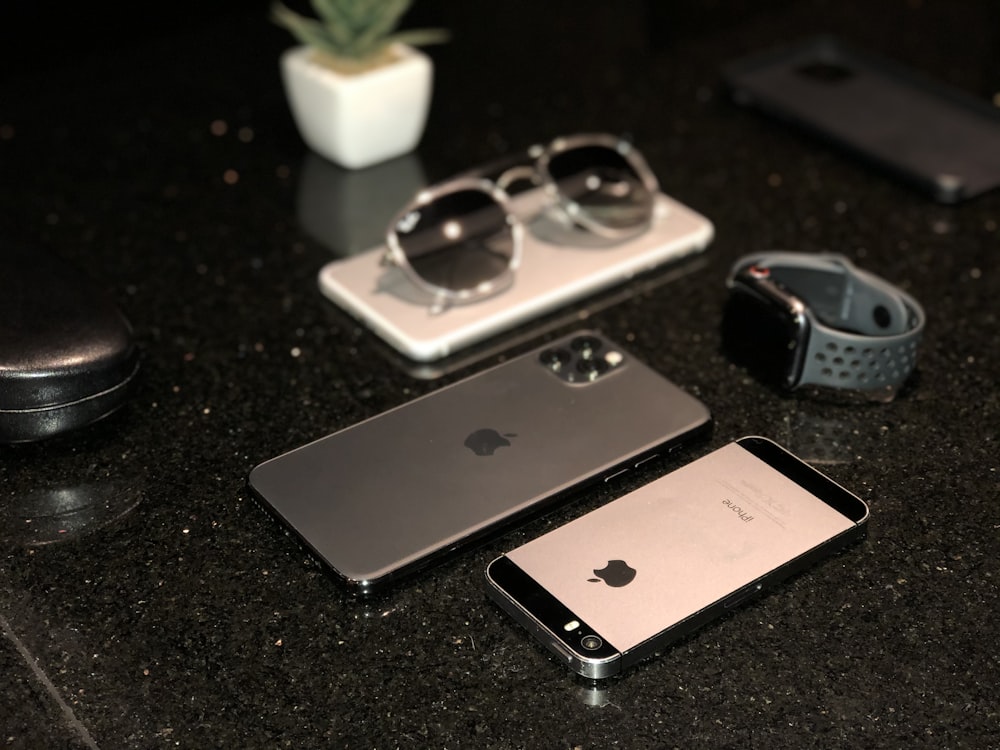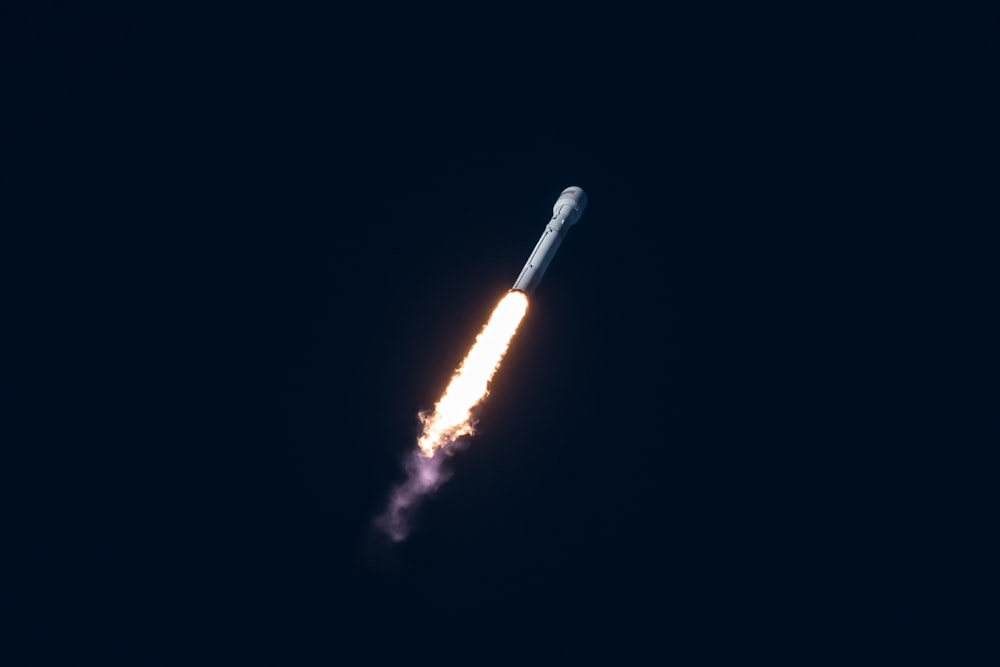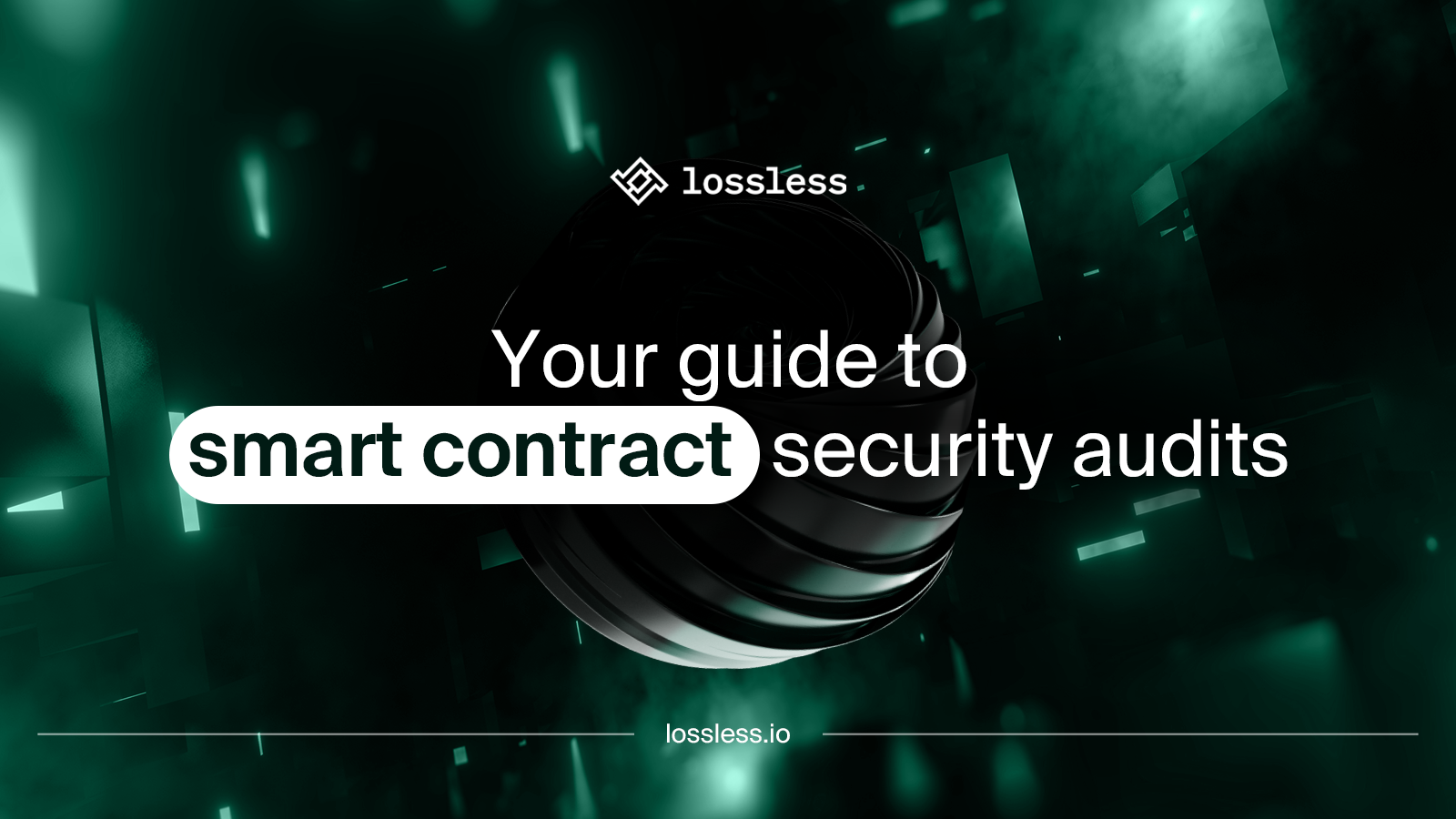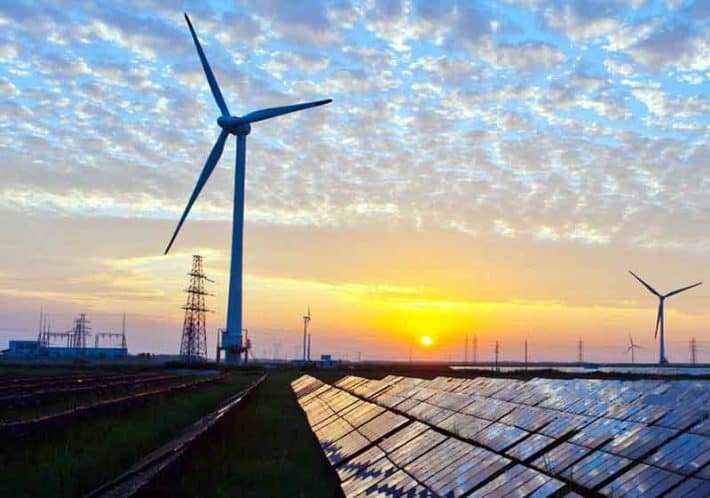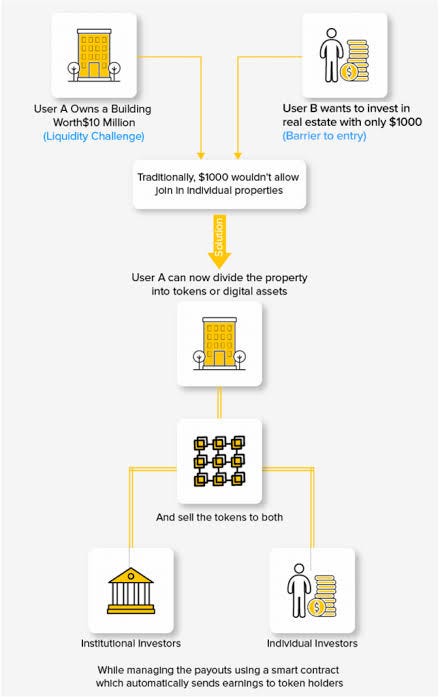
Revolutionizing Renewable Energy: The Role of IoT
In the dynamic landscape of renewable energy, the Internet of Things (IoT) is emerging as a game-changer, revolutionizing the way we harness and manage sustainable power sources. Let’s explore how IoT is reshaping renewable energy systems and driving the transition to a greener, more efficient future.
Optimizing Energy Production: IoT-Enabled Monitoring and Control
One of the key benefits of IoT in renewable energy is its ability to optimize energy production through real-time monitoring and control. By deploying IoT sensors and devices across renewable energy infrastructure, such as solar panels, wind turbines, and hydroelectric plants, operators can gather valuable data on energy output, environmental conditions, and equipment performance. This data enables proactive maintenance, predictive analytics, and remote control, allowing operators to maximize energy yield, minimize downtime, and ensure optimal operation of renewable energy systems.
Enhancing Grid Integration: Smart Grid Solutions
IoT technologies play a crucial role in enhancing grid integration and stability in renewable energy systems. By connecting renewable energy assets to smart grid networks, IoT enables seamless communication and coordination between energy producers, consumers, and grid operators. Smart grid solutions leverage IoT data and analytics to balance supply and demand, manage grid congestion, and integrate intermittent renewable energy sources more effectively into the grid. This improves grid reliability, resilience, and efficiency, paving the way for a more sustainable and resilient energy infrastructure.
Improving Energy Efficiency: IoT-Driven Optimization
IoT in renewable energy also holds immense potential for improving energy efficiency across various sectors. By deploying IoT-enabled energy management systems and smart devices in buildings, factories, and transportation fleets, businesses and organizations can monitor and optimize energy usage in real-time. IoT sensors can detect energy waste, identify inefficiencies, and automate energy-saving measures, such as adjusting lighting, heating, and cooling systems based on occupancy and environmental conditions. This not only reduces energy costs but also lowers carbon emissions and contributes to overall sustainability efforts.
Enabling Predictive Maintenance: Proactive Asset Management
Another significant advantage of IoT in renewable energy is its ability to enable predictive maintenance and proactive asset management. IoT sensors installed in renewable energy equipment continuously monitor key parameters, such as temperature, vibration, and wear, to detect early signs of equipment degradation or failure. By analyzing this data using machine learning algorithms and predictive analytics, operators can anticipate maintenance needs, schedule repairs before equipment failure occurs, and extend the lifespan of renewable energy assets. This minimizes downtime, reduces maintenance costs, and improves overall system reliability and performance.
Empowering Energy Consumers: IoT-Enabled Energy Management
IoT technologies empower energy consumers to actively participate in the renewable energy transition and manage their energy consumption more efficiently. Smart home devices, such as smart thermostats, lighting controls, and energy monitoring systems, enable homeowners to monitor and control their energy usage remotely via smartphone apps or voice commands. Similarly, IoT-enabled energy management platforms provide businesses and utilities with real-time insights into energy consumption patterns, demand fluctuations, and peak load management strategies. This enables energy consumers to optimize their energy usage, reduce costs, and contribute to a more sustainable energy future.
Facilitating Energy Trading: Blockchain and IoT Integration
The integration of IoT with blockchain technology is opening up new possibilities for peer-to-peer energy trading and decentralized energy markets in renewable energy systems. By combining IoT sensors with blockchain-enabled smart contracts, renewable energy producers can securely track, verify, and monetize energy transactions in real-time. This enables individuals and communities to buy, sell, and trade renewable energy directly with each other, bypassing traditional energy intermediaries and fostering greater energy independence and resilience. This innovative approach to energy trading promotes transparency, trust, and efficiency in renewable energy markets, ultimately accelerating the adoption of clean energy technologies.
Addressing Environmental Challenges: IoT for Environmental Monitoring
IoT in renewable energy also plays a critical role in addressing environmental challenges and mitigating the impacts of climate change. IoT sensors deployed in natural habitats, oceans, and ecosystems enable scientists and environmentalists to monitor environmental parameters, such as air and water quality, biodiversity, and habitat health, in real-time. This data facilitates early detection of environmental threats, such as pollution, habitat destruction, and climate-related disasters, allowing for timely intervention and conservation efforts. By leveraging IoT for environmental monitoring and conservation, we can protect fragile ecosystems, preserve biodiversity, and safeguard the planet for future generations.
Promoting Sustainable Development: IoT for Rural Electrification
In rural and remote areas, IoT-enabled renewable energy solutions hold immense promise for promoting sustainable development and bridging the energy access gap. Off-grid and mini-grid renewable energy systems powered by IoT technologies can provide reliable electricity to underserved communities, empowering them with essential services, such as lighting, communication, healthcare, and education. IoT-enabled energy monitoring and management tools enable efficient operation and maintenance of off-grid systems, while IoT-connected appliances and devices improve energy productivity and livelihood opportunities for rural households. By leveraging IoT for rural electrification, we can enhance quality of life, drive economic growth, and advance sustainable development goals in remote regions worldwide.
Embracing Innovation for a Sustainable Future
In conclusion, IoT in renewable energy represents a paradigm shift in how we generate, distribute, and consume energy, offering unprecedented opportunities for sustainability, efficiency, and resilience. By harnessing the power of IoT technologies, we can optimize energy production, enhance grid integration, improve energy efficiency, enable predictive maintenance, empower energy consumers, facilitate energy trading, address environmental challenges, promote sustainable development, and ultimately accelerate the transition to a cleaner, greener, and more sustainable energy future for all. As we continue to embrace innovation and collaboration in the renewable energy sector, IoT will undoubtedly play a pivotal role in shaping the future of energy and building a more resilient, equitable, and prosperous world for generations to come.






